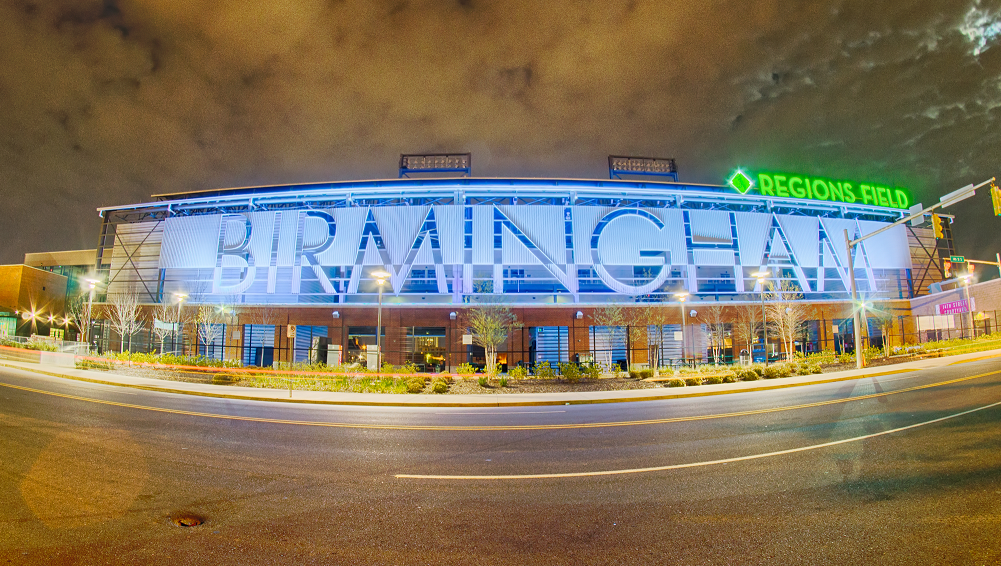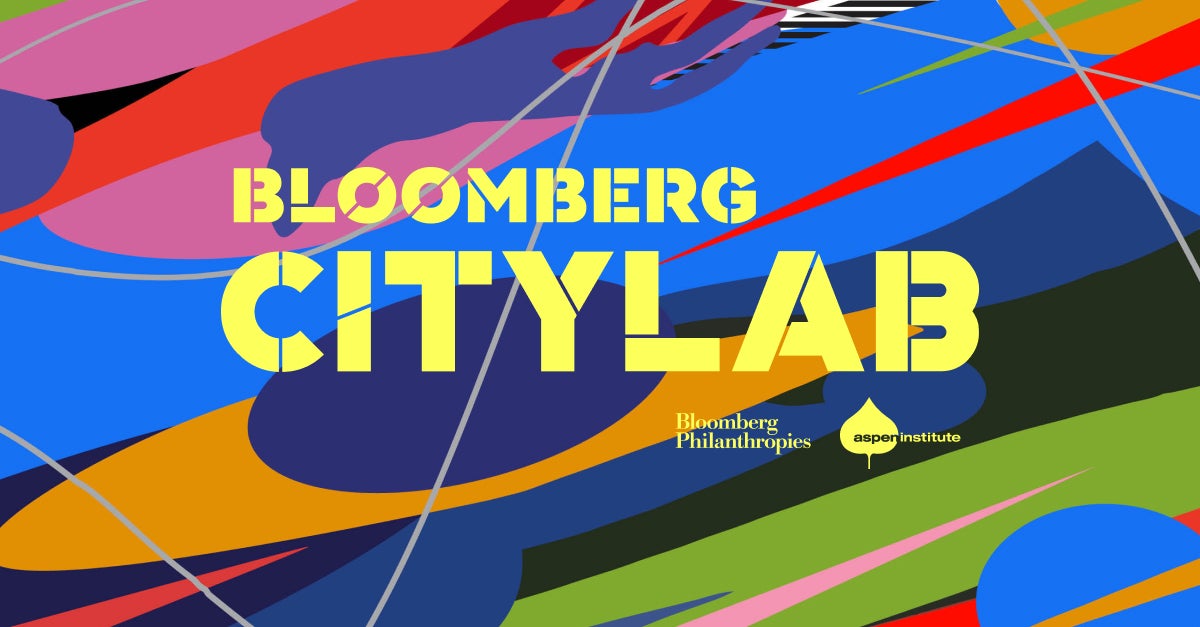Maria Hadden is the Executive Director of Our City Our Voice, a nonprofit organization whose purpose is to support civic engagement processes and organizing with the goal of building community capacity to advance transformative social justice and democratic practice in the United States. She is also a founding board member of the Participatory Budgeting Project (PBP). Between 2010 – 2018 she worked with PBP to reinvent democracy by rebuilding relationships between people and government and empowering people to take control of public budgets. Maria’s expertise in public participation is grounded in grassroots organizing efforts for social change.
This interview is part of the Aspen Institute Center for Urban Innovation’s series of conversations with inclusive innovation practitioners.
Jennifer Bradley: How do you define civic engagement?
Maria Hadden: Civic engagement is a broad umbrella of activities. It is people doing things that are contributing to the social fabric of society.

Maria Hadden, Executive Director, Our City Our Voice
JB: Why does civic engagement matter?
MH: Without civic engagement, without these activities, without people fostering spaces so that these activities can happen and continue, we lose the ability to communicate, to share information, and to maintain some of the prerequisites for healthy democratic societies.
JB: Where is civic engagement most difficult, and how do you deal with that?
MH: It’s not difficult to have a good civic engagement project, and it’s not difficult to have a good civic engagement program. The difficulty is maintenance–what does ongoing civic engagement look like, how is it responsive, how is it flexible?
People want to have a solution for civic engagement, then things change. People change. Society evolves. But, a lot of times, government doesn’t change. And so, if you’re coming up with civic engagement solutions that are made to fit government and not people, there can be challenges.
I’ve seen and participated in lots of really good discrete civic engagement projects and interacted with plenty of people who think it’s important, but they don’t know how to maintain it. How do you maintain the level of civic engagement that you’re looking for, and how do you connect that to other parts of the democratic society?
When people can see civic engagement as something that’s benefiting them and their community and their cities overall, they put resources, time, space and energy toward it, which can help with maintenance.
There has to be a value proposition for an individual who is not part of government or a community organization: Why should I sign up for the city’s newsletter? Why should I go to that community meeting? Why should I get my child involved in that program? What’s in it for us? Why does it matter? Having convincing arguments and being able to show people why it matters is challenging. And there are similar questions from a community organization, a foundation, a business. Why do businesses want to have programs with an engaged community?
Is your civic engagement process designed to increase and maintain participation, or are you also able to provide some access to power? Whether that’s through decision making, through knowledge, through influence or some other aspect, I think that there are real opportunities in civic engagement to provide that access to power, and that’s a key factor in why people are going to come back, and how people might learn things, and also how civic engagement might be more incorporated into the fabric of what you’re doing in that community.
JB: Tell me about a time that civic engagement led to a surprising outcome, and what happened after that outcome?
MH: I’ll use an example from a Participatory Budgeting Project in Chicago. In one of the wards in Chicago, there were several community members who were part of a local park advisory council called Independence Park. They’ve been very civically engaged and active for several years. They needed about $700,000 to redo the playground in their park. The entire pot of participatory budgeting money the alderman for this ward had to work with was $1,000,000, and other people in the ward wanted funds as well. We advised the park council that $700,000 was a big ask, and they probably weren’t going to get it. And they didn’t.
But they came back during the second PB cycle. Between the first cycle and the second cycle, the park advisory council informed people that they wanted to redo the playground because it wasn’t accessible for children with disabilities. Yet, this playground and this park host a summer program for children with disabilities. This wasn’t evident to people who didn’t live around that park and weren’t part of that local park advisory council until the PB process, which is all about elevating the needs of people who don’t normally have a voice and providing a space for community members to learn more about what’s happening beyond their block.
The park advisory council got the attention of their alderman and some more community members. They were able to talk to a local state representative and get a significant portion of the playground renovation committed through the state rep. They were able to win, I think $100,000 more in funding through the second round of the PB process, and then the alderman and the park district found the rest of the money, and they were able to complete the project.
Before the PB process, you had civically engaged people but they were largely disconnected from the state government and even their local municipal government, and especially their neighbors. But when there was a civic space that brought them together to engage with more people and build these new relationships, they were able to complete this project.
JB: How do you measure success?
MH: The communities set the success metrics for themselves, because they have different starting points: Are you designing a process or a program, or do you want more people engaged, or more people engaged in different ways, or different groups of people, like more young people, engaged?
People are generally looking to have more participation, but also, deeper meaningful engagement. I’ve seen success look like: more people deciding, people feeling better about their government, people feeling better about government, people feeling better about their community, and people having learning experiences. Those are some common ones.
JB: Are there things that are important to know about civic engagement that did not come up in the questions so far?
MH: Touching on the idea of meaningful engagement, I’d say, especially from a decision maker or leadership perspective, it’s really important for sustainable civic engagement to have meaningful outcomes.
One of the reasons people enjoy participatory budgeting is because there’s a guaranteed outcome, there’s money on the table. And by giving you my time and involvement and engagement and contributing as a resident to this civic engagement process, I know that we’re going to get something positive for our community out of it.
This interview has been edited and condensed for clarity.
This blog series is supported by the Citi Foundation, a vital early supporter of the Center for Urban Innovation at the Aspen Institute. With the Citi Foundation’s help, the Center convened leading-edge practitioners to develop a shared set of principles to guide a cross-sector approach to inclusive innovation in low- and middle-income neighborhoods, and to determine how the Aspen Institute could support this practice.


